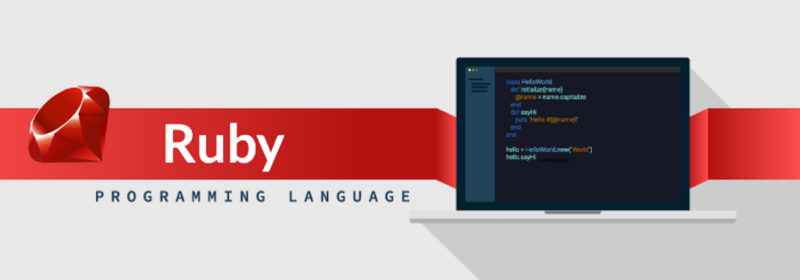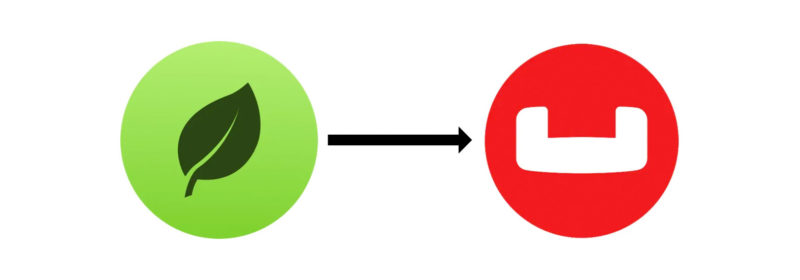Category: Best Practices and Tutorials

Announcing General Availability Of Couchbase Ruby SDK 3.0 !
” We are delighted to announce the General Availability of Couchbase Ruby SDK 3.0 ! “ Useful Links Read Couchbase Ruby SDK 3.0 documentation Read Couchbase Server 6.5.0 documentation Share your thoughts on the Couchbase Forums See all the...

Announcing Couchbase Kafka Connector 4.0
“ Today we are happy to announce the General Availability of the Couchbase Connector 4.0 for Apache Kafka. The Connector allows you to easily build robust and reactive data pipelines that take advantage of stream processing connecting different datastores, applications,...

FTS Flex Index vs GSI Indexes in Couchbase Server 6.6
In this article, we will touch on some practical examples starting with N1QL queries using GSI Indexes and simulate a dataset that over time grows not just with document size, but the actual document structure growing as well. Couchbase Server makes flexible...

New in Couchbase 6.6: Import Docs Using Web Admin Console
Couchbase 6.6 comes with a much needed feature, Import documents using the Couchbase Admin Web Console. This provides an easy way to quickly import small datasets in a variety of formats to compliment cbimport which is a more comprehensive command-line...

Cloud Storage Backups with Couchbase (AWS S3 Object Stores)
Couchbase 6.6 introduced the ability to back up the document database directly to AWS S3 cloud computing storage or any other S3-compatible Object Store. Using the cbbackupmgr backup utility you can now specify an S3 bucket as a destination for...

How to Backup Couchbase: A Quick Start Guide
In this article, you will get an overview of how to backup both Couchbase Community and Enterprise editions on Ubuntu and how to set up a basic Couchbase backup strategy. The scripts and techniques described here are not production-ready, you...

Migrating Data from MongoDB to Couchbase
Prologue This article guides you through a one-time MongoDB migration to Couchbase. You will learn how to export from the MongoDB data structure, import to Couchbase, and do some basic transformation on those documents. All code from this blog is...

Migrating Data from MongoDB to Couchbase, Part 2
Prolog The previous article provided details on how to migrate a MongoDB data set to Couchbase Server. This article shows you how to use the Couchbase SDK to access the data via a Java console application. Code snippets show how...

A Tale of Two Ejection Methods: Value-only vs. Full
Introduction I would like to thank our Couchbase Server engineering team – especially, Dave Rigby and Jim Walker – for their tremendous help with this article and endless patience with all my questions. Thanks a lot guys, I really appreciate...

FIRST CLASS SQL for FULL-TEXT SEARCH
Over time, the database industry has realized full-text search and SQL are two sides of the same coin. Text search needs further query processing, query processing needs text search to efficiently filter for text patterns. The SQL databases have added...

Training Update: June Edition
Couchbase Training : Program Update Just over a month ago I outlined a number of activities we have been up to at Couchbase Training. This month, I’m pleased to introduce two new courses that we have added to our training...

Fully Configured Couchbase on Red Hat OpenShift in 5 Minutes
I recently did a presentation at Red Hat Users Group – North Texas on Couchbase NoSQL Operator on OpenShift. Thank you to the Red Hat Dallas team for extending the invitation for a joint session – Sam Nicholls, John Gammon, and Nick Wallace. In the...
